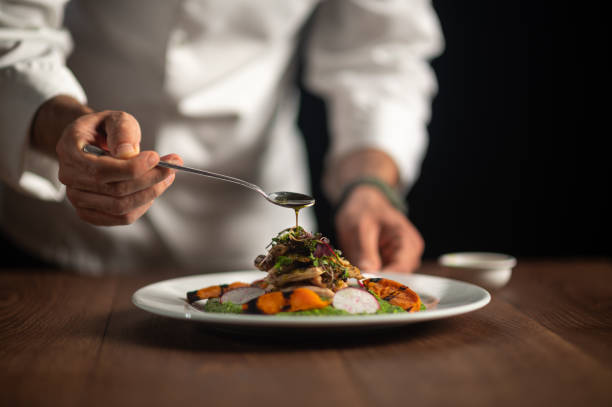The Rise of Culinary Tourism: A Delectable Journey for the Senses
Culinary tourism is not a new concept. In fact, it has been around since the dawn of humanity, as our ancestors roamed the planet in search of food and new culinary experiences. However, as travel has become more accessible and our appetites for unique experiences have expanded, culinary tourism has evolved into a major travel trend. This article explores the rise and evolution of culinary tourism, its current trends and practical applications, as well as its impact on travelers.

The Evolution of Culinary Tourism
While culinary tourism may seem like a recent trend, its roots are deeply embedded in human history. The Romans, for example, were known for their extravagant banquets, which were as much about socializing as they were about indulging in food. In the Middle Ages, travelers on religious pilgrimages would often stop at inns and taverns along the way to sample local foods and wines.
In the 20th century, the idea of traveling for food took on a new dimension with the advent of gourmet travel. This was fueled by a growing interest in food and wine, as well as the expansion of the travel industry.
Modern Culinary Tourism: A Feeding Frenzy of Flavors
Today, culinary tourism encompasses everything from food tours and cooking classes to dining at Michelin-starred restaurants and visiting farmers markets. It’s about immersing oneself in the local culture through its food and drink.
Research shows that food is now a major motivation for travel, with 77% of leisure travelers saying that they have participated in culinary activities while on vacation. This underscores the growing importance of culinary tourism in the travel sector.
Advantages and Challenges of Culinary Tourism
Culinary tourism offers several benefits. It provides an authentic cultural experience and helps support local economies. However, it also presents some challenges. For instance, it can contribute to over-tourism and put a strain on local resources.
Despite these challenges, the impact of culinary tourism on travelers is overwhelmingly positive. It offers a sensory experience that goes beyond the usual sightseeing, and provides a deeper understanding of the destination’s culture and traditions.
A Sizzling Section of Savory Suggestions
- Attend a local cooking class to learn about the region’s culinary traditions and techniques.
- Visit local markets to get a taste of the fresh, local ingredients.
- Try street food for an authentic and affordable culinary experience.
- Attend food festivals or events to sample a variety of local dishes.
- Visit local wineries or breweries for a taste of the local libations.
A Taste of the Future
Culinary tourism is more than just a trend—it’s a reflection of our desire to connect with other cultures through food. As we look to the future, we can expect this form of tourism to continue evolving, offering even more delicious opportunities for travelers to explore the world one bite at a time. So, pack your appetite and embark on a culinary journey—you never know where your taste buds might take you.




